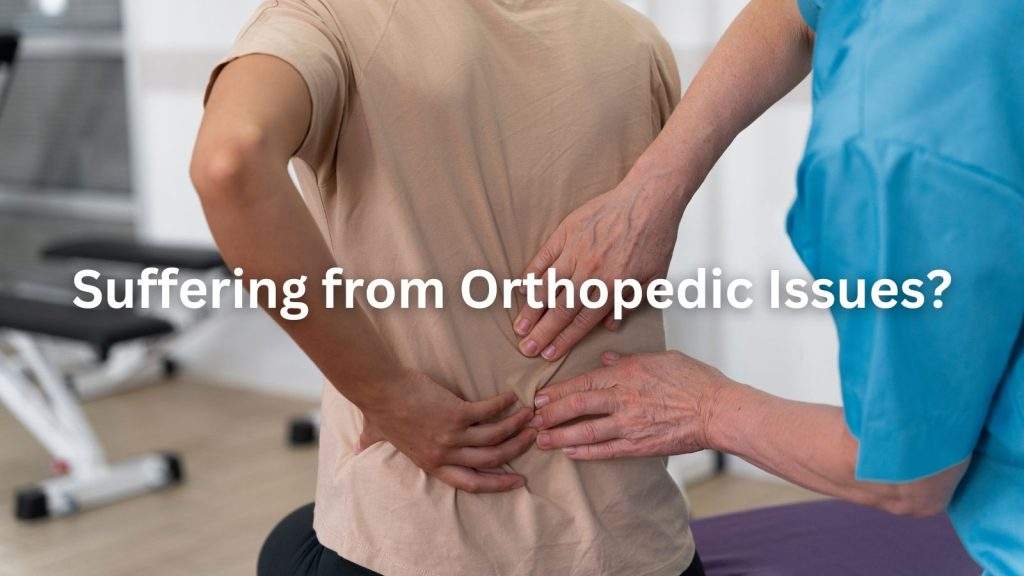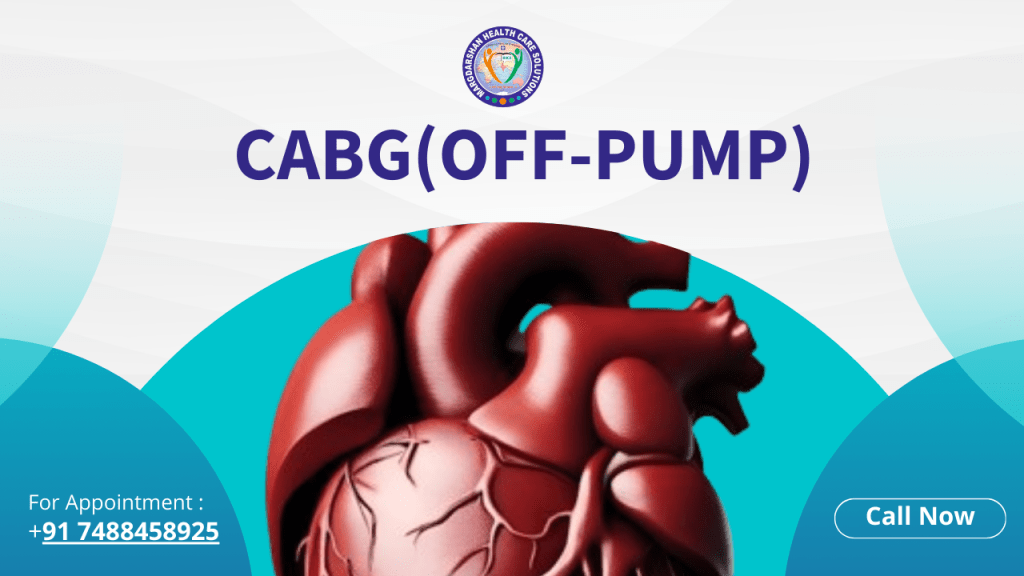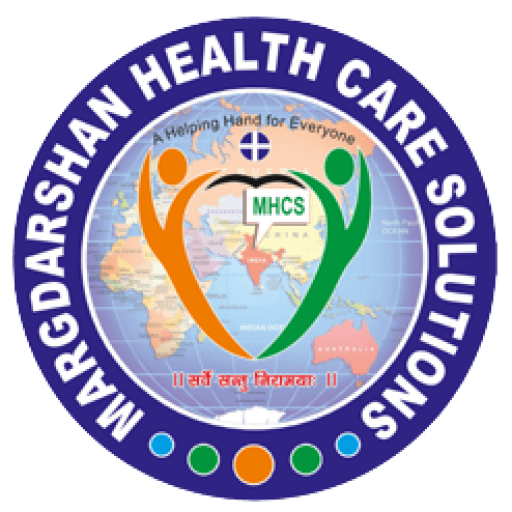- +91 7488458925
- info@margdarshanhealthfoundation.com

How many people suffer from orthopedic problems in India?
The number of people suffering from orthopedic issues in India is not publicly available. However, it is estimated that a significant portion of the population experiences some form of musculoskeletal disorder, including orthopedic problems. The incidence of such disorders is expected to increase in India due to factors such as an aging population and increasing rates of obesity and physical inactivity.
Different types of orthopedic issues:
Orthopedic problems refer to disorders and diseases that affect the musculoskeletal system, which includes bones, joints, ligaments, tendons, muscles, and nerves. Some common types of orthopedic problems include:
Arthritis: Inflammation of joints, leading to pain and limited movement.
Fractures: Broken bones due to injury or osteoporosis.
Tendinitis: Inflammation of tendons, causing pain and weakness in affected areas.
Bursitis: Inflammation of the small fluid-filled sacs that cushion bones, joints, and tendons.
Osteoporosis: A condition that weakens bones and makes them more prone to fractures.
Sprains and strains: Injuries to ligaments and muscles, respectively.
Degenerative disc disease: Breakdown of the discs in the spine, leading to lower back pain.
Scoliosis: A condition in which the spine curves to the side.
Rotator cuff injuries: Injuries to the tendons and muscles that make up the rotator cuff, a group of muscles and tendons that support the shoulder joint.
Carpal tunnel syndrome: A condition caused by compression of the median nerve in the wrist.
These are some of the most common types of orthopedic problems, but there are many others. Treatment for orthopedic problems varies and may include physical therapy, medications, braces, or surgery.
Suffering from Orthopedic Issues? call now: 9330371619

Different types of orthopedic surgery:
Orthopedic surgery is a surgical specialty that focuses on the treatment of conditions affecting the musculoskeletal system, including bones, joints, tendons, ligaments, and muscles. Some common types of orthopedic surgery include:
Joint replacement surgery: Replacement of a damaged joint with an artificial implant, such as a hip or knee replacement.
Arthroscopy: A minimally invasive surgical procedure that uses a small camera to visualize and repair damaged joints.
Spinal surgery: Surgery to treat conditions affecting the spine, including herniated discs, spinal stenosis, and scoliosis.
Fracture repair: Surgery to repair broken bones, including the use of screws, plates, and pins to hold the bones in place.
Soft tissue surgery: Surgery to repair damaged tendons, ligaments, and muscles, such as rotator cuff repair or ACL reconstruction.
Deformity correction: Surgery to correct congenital or acquired musculoskeletal deformities, such as clubfoot or bowed legs.
Sports medicine surgery: Surgery to treat sports-related injuries, such as ACL tears and shoulder dislocations.
Pediatric orthopedic surgery: Surgery to treat orthopedic conditions in children, such as developmental dysplasia of the hip or scoliosis.
These are some of the most common types of orthopedic surgery, but there are many others. The type of surgery required depends on the specific condition and its severity, as well as the patient’s age and overall health.
How to protect yourself from orthopedic issues?
Exercise regularly: Regular physical activity helps maintain strength, flexibility, and balance, reducing the risk of injury and the development of orthopedic problems.
Maintain a healthy weight: Being overweight puts extra stress on joints, increasing the risk of osteoarthritis and other orthopedic problems.
Use proper technique: When participating in physical activities, such as lifting heavy objects or playing sports, use proper technique to avoid putting undue stress on joints and muscles.
Wear supportive shoes: Properly fitting shoes with good arch support can help prevent foot and ankle problems, such as plantar fasciitis.
Avoid smoking: Smoking can weaken bones, increasing the risk of fractures.
Treat injuries promptly: If you experience an injury, seek prompt medical attention to prevent further damage and promote proper healing.
Stretch before exercising: Stretching can help reduce the risk of injury by improving flexibility and range of motion.
Take frequent breaks: If you spend a lot of time sitting or standing, take frequent breaks to stretch and move around to prevent strain on joints and muscles.
Use ergonomic equipment: When working at a desk or using tools, use equipment that is designed to reduce stress on joints and muscles, such as ergonomic keyboards and mouse pads.
By following these tips, you can reduce your risk of developing orthopedic problems and maintain good musculoskeletal health.








